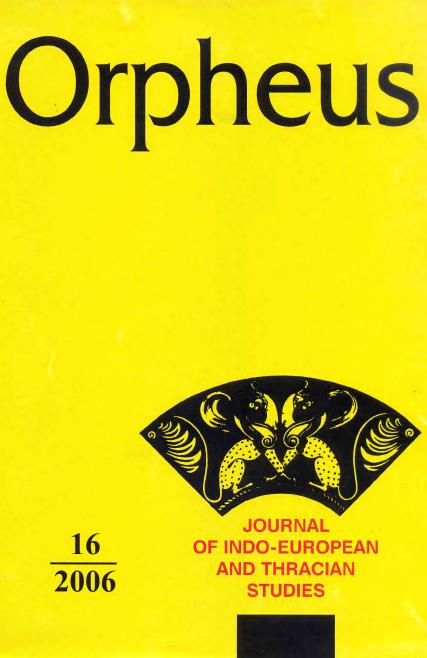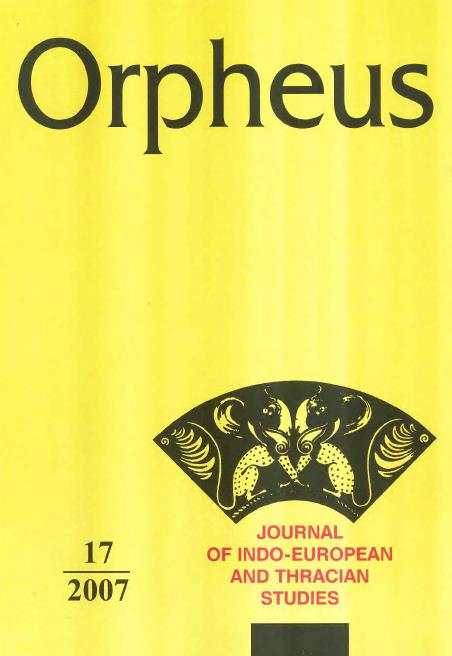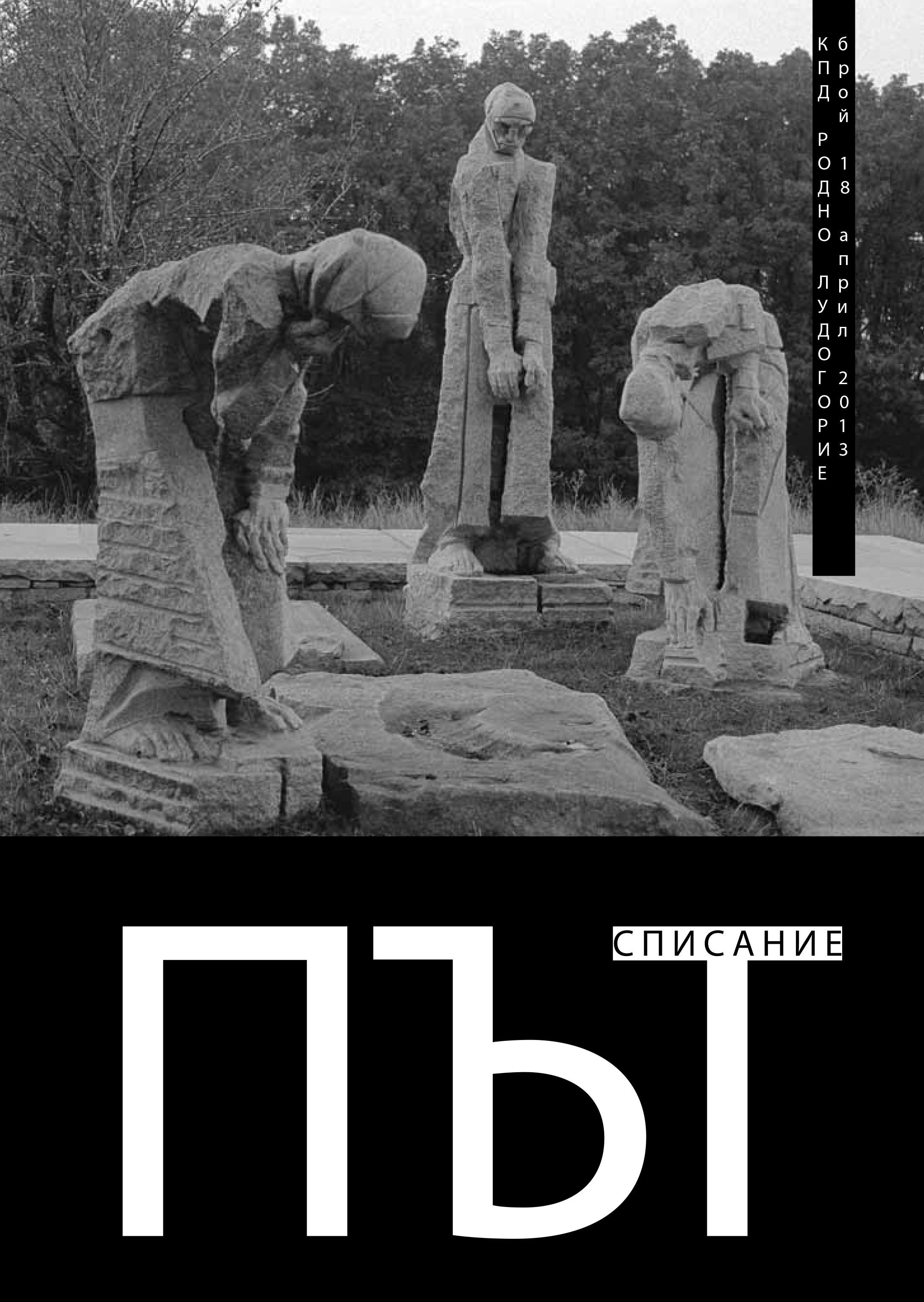
Историците - жреци на Клио или нейни господари
Conversation between Dr. Anatoli Kanev and Prof. Ilia Todev about the role of historians and more specifically the history of Batak.
More...We kindly inform you that, as long as the subject affiliation of our 300.000+ articles is in progress, you might get unsufficient or no results on your third level or second level search. In this case, please broaden your search criteria.

Conversation between Dr. Anatoli Kanev and Prof. Ilia Todev about the role of historians and more specifically the history of Batak.
More...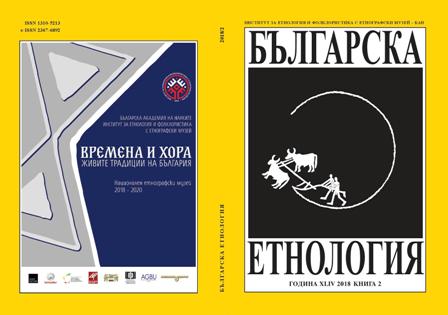
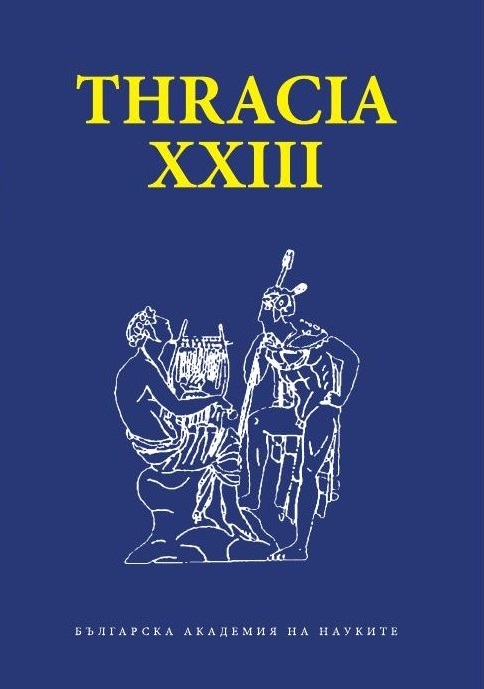
The present paper aims at research of relations between Assyria during the reign of Ashurnasirpal II and three Neo-Hittite kingdoms – Carchemish, Patina and Kummuhu, situated in North-western Syria and neighbouring parts of Turkey. The first part of the study is dedicated to the political events in the relations, marked by the campaigns of the Assyrian ruler in the first half of IX century BCE. The analysis here is based mainly on written sources – Assyrian royal inscriptions, which describe events in terms of campaigns, subjugation and tributes, received from Neo-Hittite kings. The second part of the study is dedicated to the cultural interaction between Assyria and the three kingdoms mentioned above, as result of their subjugation. Here the analysis is based on artifacts, mainly stone slabs with reliefs and some cylinder seals. Some new observations on the chronology of the monuments and their scenes are added, as also some new conclusions on the direction of influence in some artifacts and their elements. The question about the role of Assyria in the process of cultural interaction is especially discussed in the light of new observations. It is concluded, that the cultural interaction in this period is a bilateral process with long-term consequences in the art and politics.
More...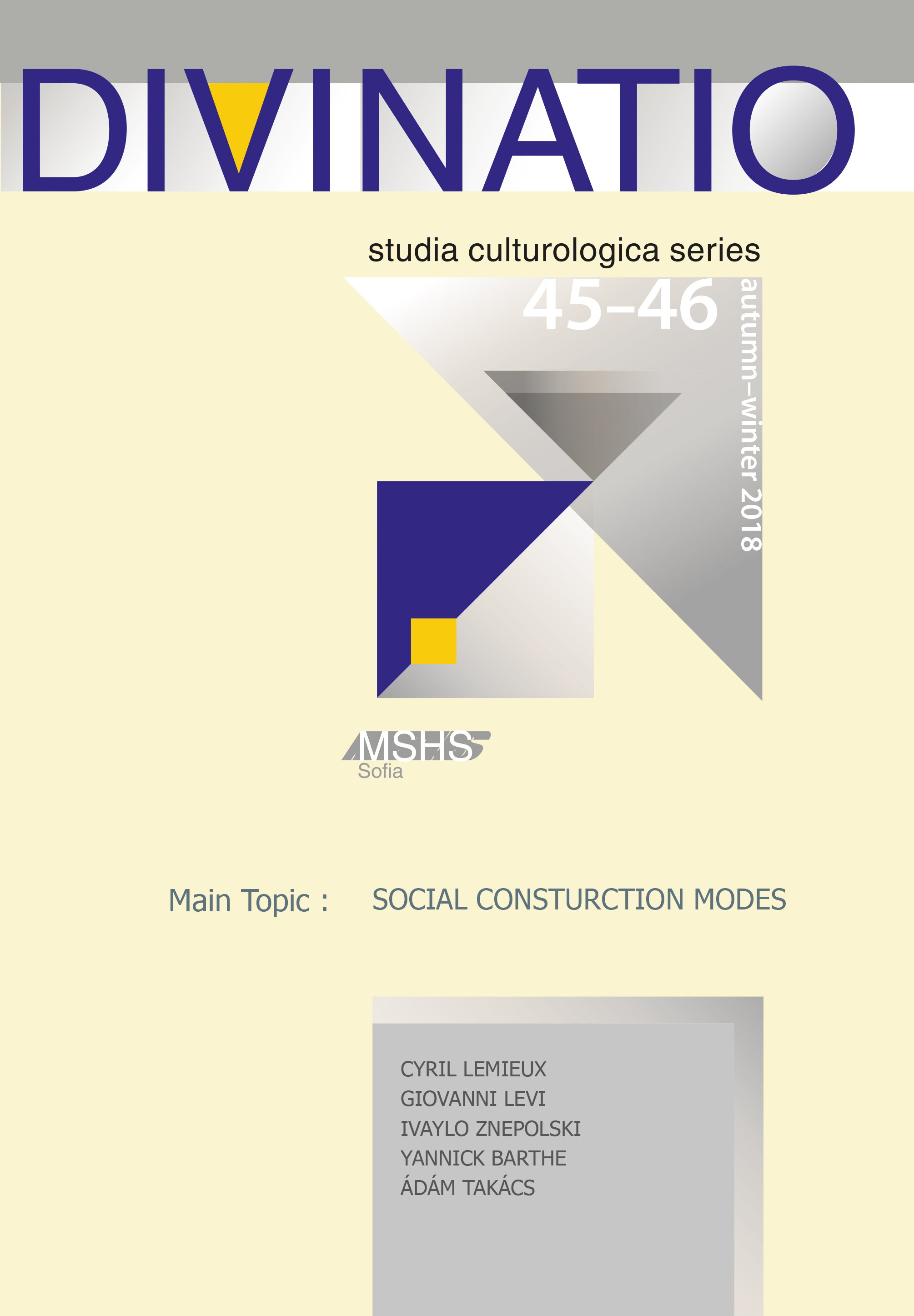
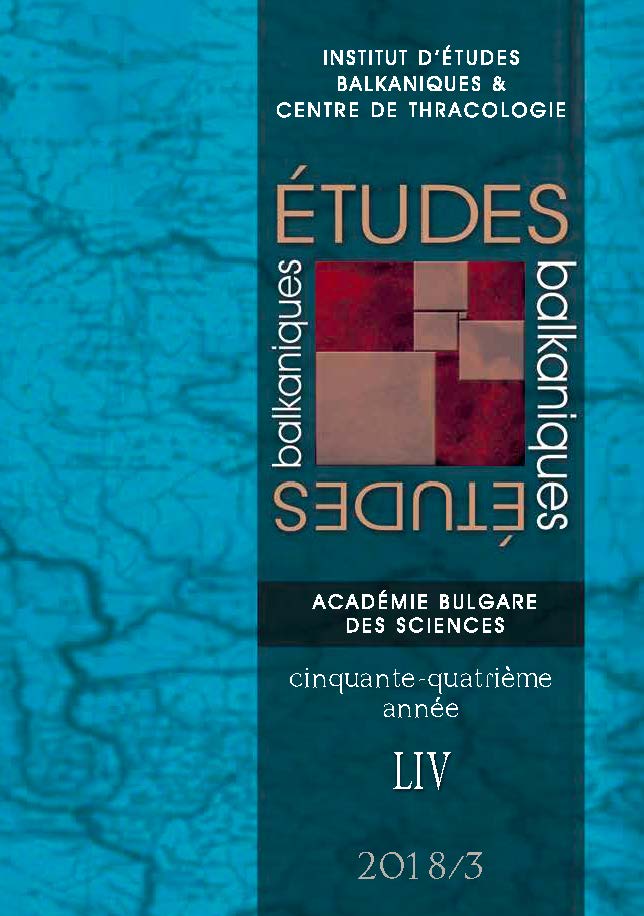
The article describes the establishing of the first circle of Kabbalists in Salonica by two scholars who later laid the foundations of The Golden Age of Safed: R. Joseph Karo, whose Shulchan Aruch became the authoritative codification of Jewish law; and his companion, kabbalist and poet R. Solomon Halevi Elkabetz. While performing a mystical ceremony on the nights of Shevuot (Pentecost) of 1533, a prophetic voice was heard through R. J. Karo’s throat and mouth. The voice urged the companions to ascend immediately to the Land of Israel in order to redeem the Assembly of Israel and be redeemed from exile.Special weight is given to the messianic enthusiasm of the circle, and to their interpretation of the triumphs of Sultan Suleiman the Magnificent over the Christian coalition led by Emperor Charles V as an omen to the fall of the satanic realm of “Edom” and as an encouraging step towards redemption.
More...
As a cosmopolitan port city imbued with various cultures in the Levant, Salonica took its share from the modernization efforts triggered with Tanzimat Period. By mid-nineteenth century, Salonica’s embankment and customs facilities were limited and the transport of goods was problematic due to limited access. Meanwhile, burgeoning trade activities as a result of Ottoman treaties granting special privileges to foreign tradesmen necessitated a comprehensive reorganization of the harbour area.This paper aims to study the urban and architectural transformation of the commercial centre of the city, with a special focus on the re-organization of the sea shore supported with new findings from the Ottoman archives. After its completion in 1882, Salonica Quay became the most prestigious area of the city, lined with buildings which represented the transforming socio-economic life. The urban transformation emerging from the quay area also reflected on the traditional commercial centre concentrating around Frank Street, where new types of commercial buildings started to appear.
More...
Scholars have relied upon diverse methodologies and sources to produce a new corpus of studies about Salonica’s Jews that explores the impact of the end of the Ottoman Empire and the consolidation of the Greek nation-state. Much of the newer scholarship, however, reinforces the perception that Salonica’s Jews experienced a period of “decline” after the city’s incorporation into the Greek state (1912 – 1913) that culminated in their deportation to Auschwitz (1943). This study investigates why such a lachrymose and teleological interpretation of Salonican Jewish history persists today. By reference to new sources and a different interpretive lens, this article also challenges conventional wisdom concerning key turning points in the narrative of the city’s Jews: a major fire (1917), a compulsory Sunday closing law (1924), and the first major act of anti-Jewish violence (1931). The article thus offers a new approach to assessing the encounters between the multiplicities of Jews in Salonica and the Greek state.
More...
Bouena Sarfatty was born in Salonika in 1916 to a Sephardi family. After World War II, she memorialized her birthplace by composing hundreds of Ladino verses (coplas) about Jewish life in the twentieth century. Her phenomenal memory and personal insights provide a poetic mirror that reflects the multi-cultural environment which she experienced personally. The poems appearing below reflect her thoughts about the process of modernization, whether of language, education, dress or mentalité. European influences created a cosmopolitan city that clearly affected Jewish life. The changes that transpired following the devastating fire of 1917 often harmed the development of this community that had been so vibrant and essential for centuries. Be that as it may, the poems written by this native Salonikan present a unique glimpse into the mindset and experiences of multilingual Jews attempting to adapt to the twentieth century and life in a multi-cultural city.
More...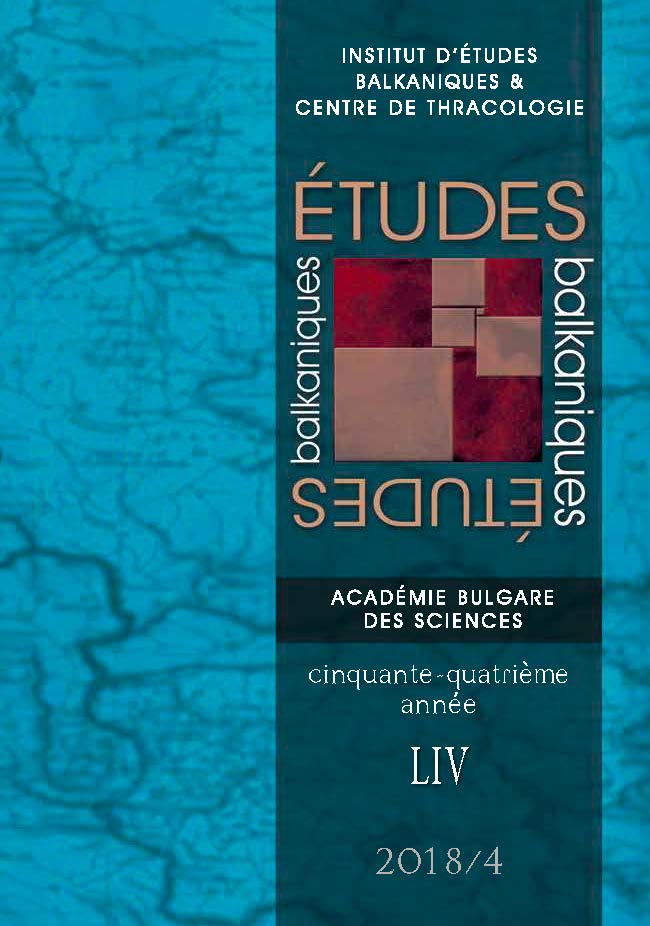
For more than two centuries the Albanian factor in Macedonia has been an objective and dynamically changing reality. It has manifested itself as an ethnic, demographic, socio-economic factor during the Ottoman rule and in Unitarian Yugoslavia; as an ethnic minority, political and constitutional crisis – at the time of SFR Yugoslavia; ten years after the establishment of independent Republic of Macedonia, since the beginning of 2001, the Albanian factor has turned into a major problem for the existence and sovereignty of the country.
More...
This article explores an actual and online street protest which unfolded over a series of weeks in the Spring of 2013 when Cyprus experienced an economic crisis following the ‘bailout’-‘haircut of March 2013. In an effort to contextualize and explore the performative aspects of these events the author links this to art and protest as an expression of alternativeness and an avant-garde spirit embodying resonances of 1960’s and 1970’s art and protest as performative happenings. It is argued, unlike other similar contemporary contexts of economic crisis in the EU, such as Greece, Portugal and Spain, protests in Cyprus may not have been so massively populated but the spirit of performative art was expressed in innovative ways, as documented and shared through social media as an alternative platform of expression, which ultimately fills a void that exists in the contemporary Cypriot political landscape.
More...
From 2002 to 2015 a considerable number of large-scale, geopolitical bannered exhibitions have been dedicated to the ‘the Balkans.’ This article aims to analyze and compare two types of regional, large scale exhibitions from/on the Balkans: contemporary art exhibitions and interpretative (dedicated to historical and ethnographic themes) exhibitions. The pervasiveness of the stereotypical visual representations of ‘the Balkans’ – called by the Bulgarian artist Luchezar Boyadjiev the ‘Balkan blue’ – as a region of everlasting conflicts and binary oppositions coincides with the birth of contemporary Balkan art. By attempting to overcome the stereotypical images of the Balkans (‘the Balkan ethos’) still prevalent in our days, the travelling exhibition ‘Imagining the Balkans: Identities and Memory in the Long 19th Century’ – opened in Ljubljana (Slovenia) at the National Museum of Slovenia, in April 2013 and then displayed in other national museums of history from the Balkan region – endeavors to place national histories in a perspective where they interact.
More...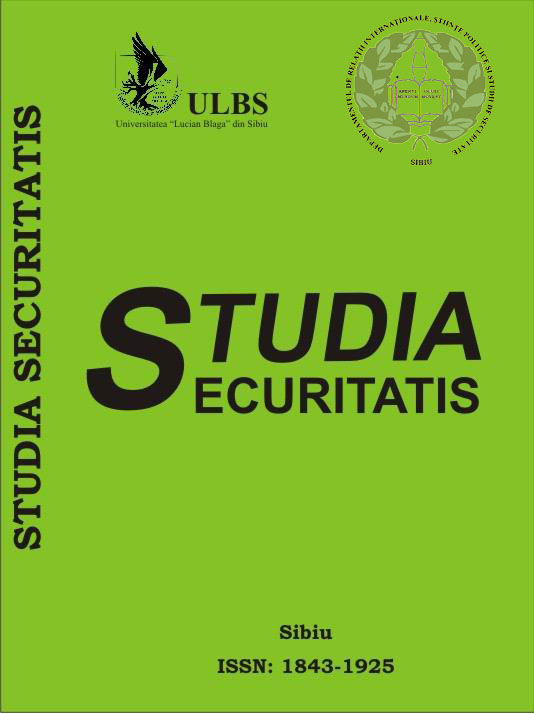
The implementation of transitional justice institutions is a complex process. It is dynamic and conditioned by various factors of political, legal, historical, religious nature. Thus, it cannot be uniform, and inevitably determines effects to its respective society. Traditionally, the field experts are divided in two groups: advocates of criminal investigations and supporters of amnesty processes. The analysis is also relevant for the Republic of Moldova, which has two sensitive situations that could benefit of the tools of transitional justice: the unresolved Transnistrian conflict and a politically divided society.
More...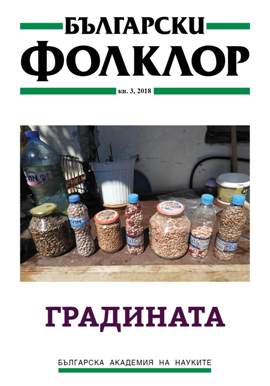
The first part of the article presents the theoretical and methodological basis of the study of interconnections and interactions between the social and plant world in gardens, with an emphasis on the concept of biocultural diversity. Experience from collaborative field studies of ethnologists and botanists has been shared. The second part presents observations and reflections on the garden as a multilayered topos: an economic but also an aestheticized place; a place of conservation of genetic resources and knowledge, but also of experiments and innovation; a place where the diversity and composition reflects social relations, hierarchies and conflicts, social mobility and migration, memory of important events and loved ones, cultural orientations and values. The analysis shows that the garden is characterized by constant doing and incompleteness, that it is a place where people bring together different spaces and times and that each garden has its own biography that reflects the life trajectories of its owners.
More...